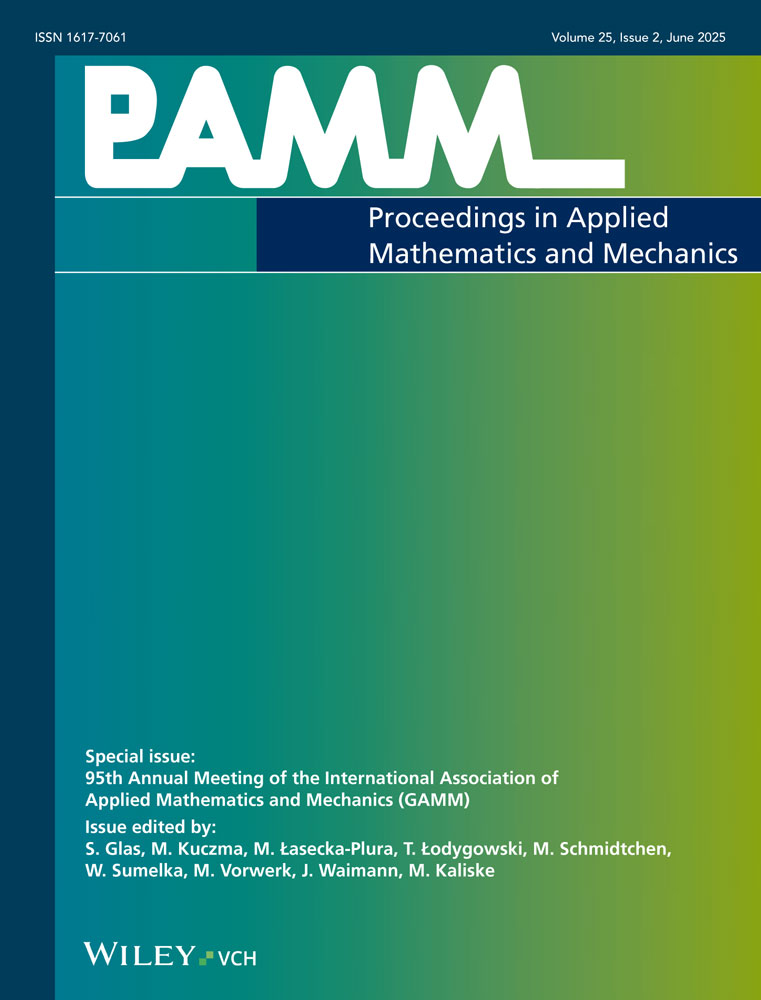A two-scale homogenisation approach for fluid saturated porous media based on TPM and FE2-Method
Abstract
Thinking about the description of biomaterials, e.g. human tissue, plants or sponges, we always have to take into account a global design composed of various substructures with different characteristics on a lower level. Examples of such substructures are pores which can be saturated with fluids or gases, fibres with different orientations or cells which can be influenced by chemical reactions. For the theoretical description of the behaviour, enhanced continuum mechanical models give promising approaches. Up to now, due to the high complexity, it has not been possible to simulate a biological system with only one design model. Hence, it is necessary to think about techniques which simplify the model but still consider the essential characteristics. This contribution will present a two-scale homogenisation approach for fluid saturated porous media with a reduced two-phase material model, which covers the behaviour of large poro-elastic deformation. (© 2015 Wiley-VCH Verlag GmbH & Co. KGaA, Weinheim)




